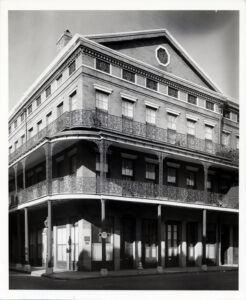Art
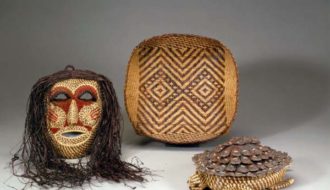
Native American Basketry
A hallmark of southeastern Indian societies, cane basketry traditions persist in fewer than ten contemporary tribal communities in the southeastern United States, including three in Louisiana.

A hallmark of southeastern Indian societies, cane basketry traditions persist in fewer than ten contemporary tribal communities in the southeastern United States, including three in Louisiana.
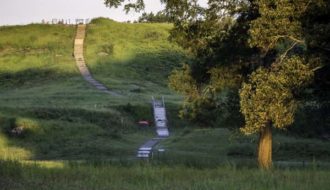
Louisiana boasts some of the most significant Native American earthen monuments in North America and ranks second only to Mississippi in the number of mound sites.
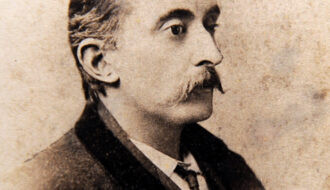
From the time of colonial exploration to the present, Louisiana’s landscape has inspired a rich variety of nature writing.
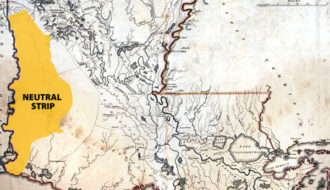
The Neutral Strip existed outside the governance of either the United States or Spain until 1821.

The Neutral Strip existed outside the governance of either the United States or Spain until 1821.
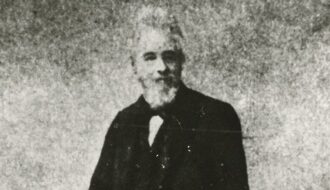
Norbert Rillieux, a Creole from New Orleans, was an inventor and engineer who designed the multiple-effect evaporation system, a major advancement in the process of sugar refining.
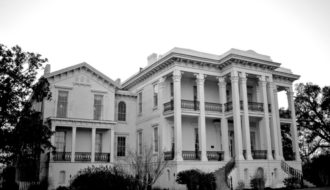
Nottoway is one of the largest antebellum houses in the South and the largest surviving plantation house in Louisiana.
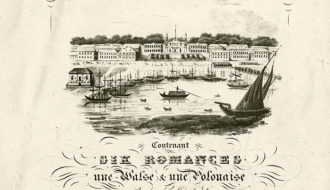
Paul Emile Johns is credited with the first performance of a Beethoven piano concerto, in New Orleans in 1819.
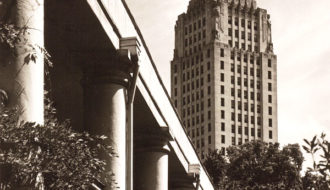
Built in 1819 as a fortification against the Spanish and slave insurrections, today the Pentagon Barracks house a museum, apartments, and the lieutenant governor's office.
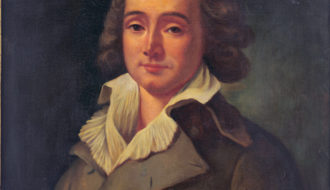
As the highest French civilian official in Louisiana, Pierre Clement de Laussat ceded control of the territory to the United States as a result of the Louisiana Purchase.

This distinct form of government exists in more than half of Louisiana’s parishes.
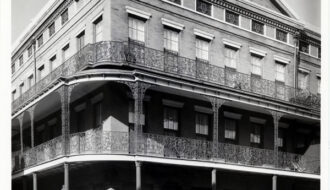
Baroness Pontalba's buildings on Jackson Square changed the haphazard design into a viable public area.
One-Year Subscription (4 issues) : $25.00
Two-Year Subscription (8 issues) : $40.00
